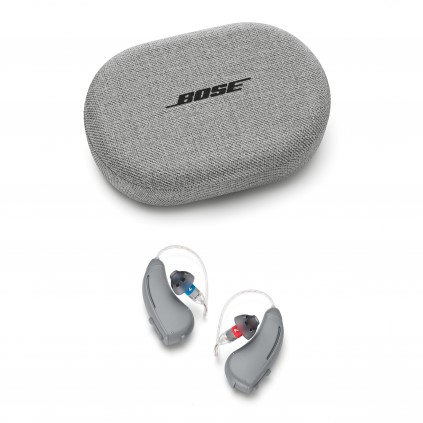Despite the fact that very early study on this listening device was successful, AT&T, the parent firm to Bell Laboratories, took out of the listening device market as well as sold its legal rights to Resound Firm in 1987. When the listening device was placed on in the market, it was immediately effective. This development assisted bring significant adjustments to the world of the listening devices. Improvements in innovation continued in 1938 when Aurex presented the first genuinely wearable hearing aids, valley audiology including an earpiece, cord and also receiver that can be clipped to the customer's garments.
Hearing aids have actually had fairly a colourful history to claim the least. From ingenious technology which transformed the way we hear, to some questionable innovations-- the growth of hearing devices for many years has actually been among much experimentation. Aurex Corp in Chicago created the first wearable listening devices in 1938. In this original wearable version, there was a thin cable linked to a small earpiece as well as an amplifier-receiver that the wearer attached to their garments.
- If you wanted to speak with somebody, you just raised it as much as your ear and also swung the ear tube to the ear you wished to listen to with.
- Cumbersome and somewhat cartoonish, ear trumpets-- in addition to their successor, the speaking tube-- weren't truly successful in taking care of hearing loss troubles among the masses.
- Two years later, in hearing life center near me 1923, the Western Electric Company also started making vacuum-tube hearing aids.
- High-speed processors and microcomputers were designed in the 1980s.
- One such instance is the function of automatic gain control, which got substantial reinforcing along with the breakthroughs in radar innovation.
Also in the early 1980s a research team at Central Institute for the Deaf directed by faculty members at Washington College in St. Louis MO developed the first full digital wearable listening devices. Engebretson, Morley and Popelka were the creators of the very first complete digital listening devices. In this initial complete DHA all phases of audio processing and also control were performed in binary type. These specialized hearing aid chips remained to become smaller, rise in computational ability and call for even much less power.
Register To Get Groundbreaking Hearing And Also Balance Research Study Updates
One thing that not everybody understands is that the development. of the telephone was among the most considerable actions towards the eventual development of hearing aids as we understand them today. The reason why this is significant is that the telephone used parts that for the first time had the ability to control the regularity, volume and also distortion of noises. These are all points that would later on be essential in the production of the first actual hearing aids a couple of years later. High-speed http://collinwnwj925.image-perth.org/unitron-hearing-aids processors and also microcomputers were invented in the 1980s. The first all-digital listening device were developed in the 1990s. And also the 2010s brought the suggestion of Bluetooth ® made it possible for devices into the mix.
Listening To Aid Background: From Ear Trumpets To Digital Modern Technology

Large, these ear trumpets and also the subsequent talking tubes did not work all that well. A relative device was the stethoscope, created in France in 1816 by René Laennec at the Necker Enfants Malades Hospital in Paris. Laennec designed the stethoscope due to the fact that he was no comfy positioning his ear directly onto a woman's chest to listen to her heart. Not just that, however it was a brilliant easy means for boosting audition of the different upper body noises throughout respiration. During the 1920s and 1930s, the vacuum cleaner tube listening device ended up being more successful and also started to decrease in size with far better miniaturization techniques. The Acousticon's Model 56 was produced in the mid-1920s as well as was among the very first mobile listening devices systems, although it was fairly heavy.
Unsurprisingly, there wasn't a lot in the method of development at that time, which indicates hearing loss patients desperately used what they had access to. Though these functioned fairly well, they developed a stigma around hearing loss, as individuals needed to carry troublesome wooden boxes around with them. Learn more about listening to healthcare with our selection of handy video clips.
